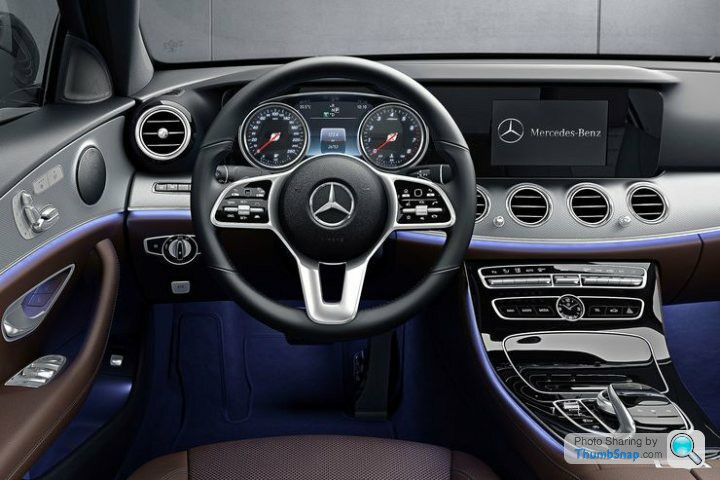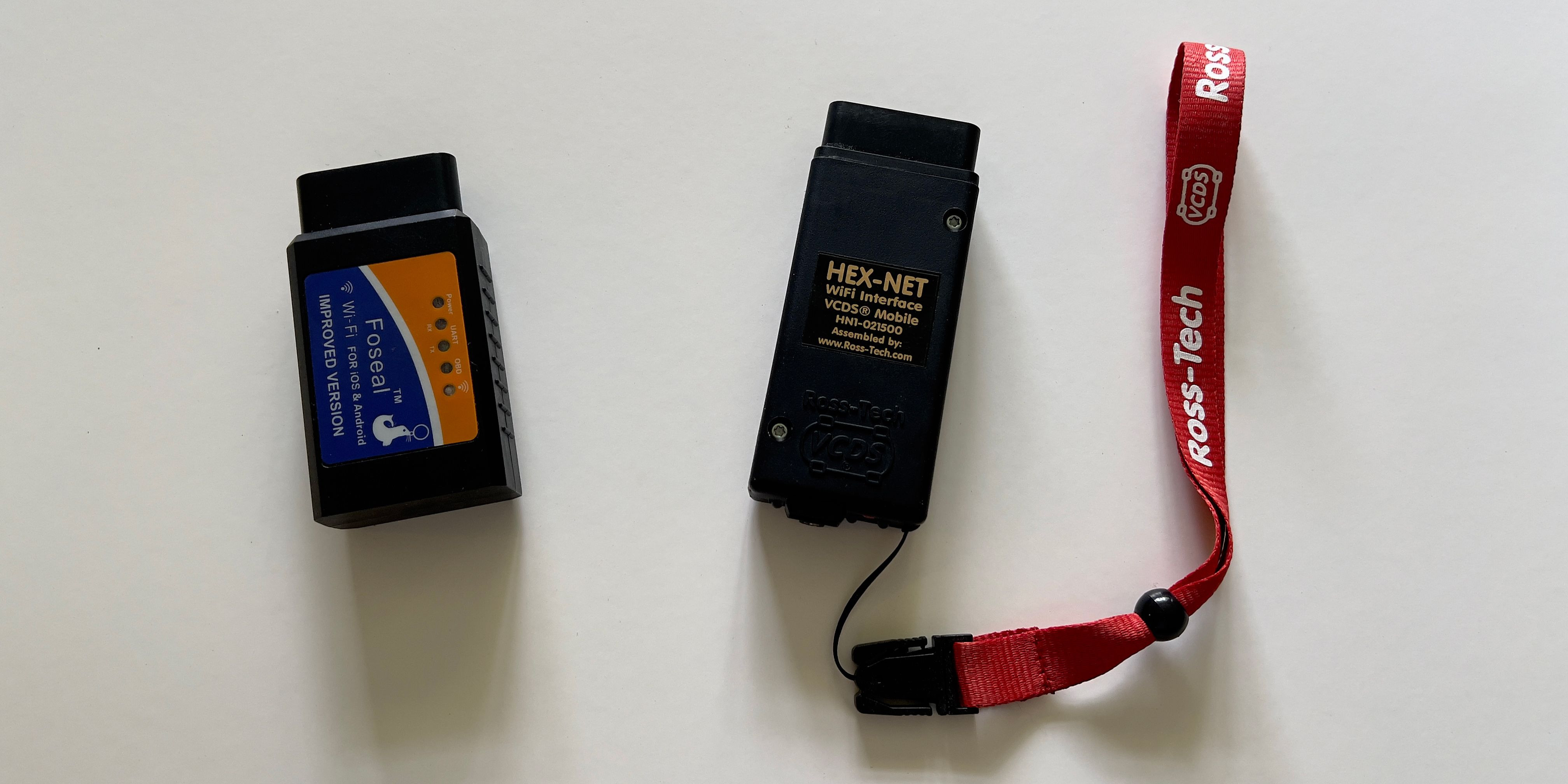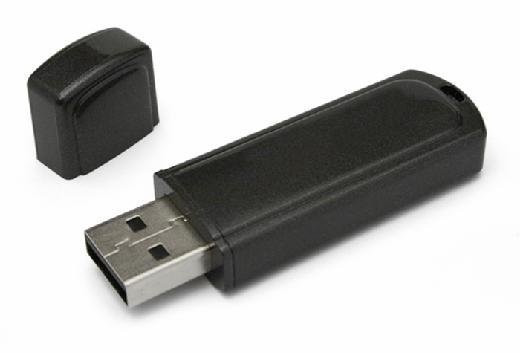What is ECU Diagnostics? A Guide for 1987-1995 Nissan Pathfinder & Hardbody Owners
For owners of 1987 to 1995 Nissan Pathfinders and Hardbody pickups, understanding your vehicle’s Engine Control Unit (ECU) is crucial for maintenance and troubleshooting. But What Is ECU Diagnostics, and how can it help you keep your classic Nissan running smoothly? In simple terms, ECU diagnostics is the process of retrieving and interpreting error codes stored by your car’s computer. This valuable information can pinpoint potential issues, from minor sensor glitches to more significant engine problems, saving you time and money on unnecessary repairs.
This guide will walk you through the process of accessing your Nissan’s ECU and pulling these error codes yourself. No need for expensive scan tools – for these older models, the system is surprisingly straightforward.
Understanding ECU Diagnostics in Your Nissan
The ECU, essentially the brain of your engine management system, constantly monitors various sensors throughout your vehicle. When it detects a problem outside of normal operating parameters, it logs a diagnostic trouble code (DTC) and often illuminates the “Check Engine” light on your dashboard. ECU diagnostics allows you to tap into this stored information, understand what these codes mean, and take appropriate action.
For 1987-1995 Nissan Pathfinders and Hardbody pickups, the ECU is located conveniently under the passenger side seat. Accessing it is the first step in performing diagnostics.
Locating the ECU in Your Nissan Pathfinder and Hardbody Pickup
To begin, locate the ECU:
- Passenger Seat Access: Slide the passenger seat all the way forward.
- Plastic Cover Removal: You’ll see a plastic cover on the floor. This is the ECU cover. Remove the single screw holding it in place.
- Expose the ECU: Once the screw is removed, the plastic cover can be pulled off, revealing the ECU. For easier access, you can also remove the passenger seat completely, although it’s not strictly necessary.
The ECU is located under the passenger seat, accessible after removing a plastic cover. This image illustrates the ECU’s position on the vehicle floor.
Identifying the Diagnostic Mode Switch
Once you’ve located the ECU, the next step in ECU diagnostics is to find the diagnostic mode selector switch. The type of switch varies slightly depending on your engine type:
- VG30i Engines: These ECUs feature a small toggle switch on the side. It has a snap-in cover that needs to be removed to access the switch.
- VG30E and 4-Cylinder Engines: These utilize a slotted screw-type switch. This switch is turned clockwise or counterclockwise to select diagnostic modes.
- Early 4-Cylinder HB ECUs: Some early models might also have the toggle switch.
Regardless of the type, your ECU will have one of these switches to initiate the diagnostic process.
This image shows the diagnostic selector toggle switch on a VG30i ECU with its protective cover in place. Note the “ON” and “DIAGNOSTICS” labels for switch positions.
Here, the cover is removed from the toggle switch, revealing the switch itself. This allows access to change the ECU mode for diagnostics.
Step-by-Step Guide to Pulling Error Codes
Now, let’s get into the practical steps of pulling error codes – the core of ECU diagnostics for your Nissan. The procedure is slightly different for 4-cylinder and V6 engines:
For 4-Cylinder Engines:
- Ignition ON (Engine OFF): Turn the ignition key to the “ON” position, but do not start the engine. All dashboard lights should illuminate.
- Set Diagnostic Mode: Turn the ‘diagnostic mode selector’ screw on the ECU fully clockwise. The “Check Engine” light should turn off. Wait for 5 seconds.
- Initiate Code Output: Turn the screw fully counter-clockwise.
- Read Error Codes: The “Check Engine” light will now begin to flash. Error codes are displayed as a series of flashes: long flashes represent the first digit, and short flashes represent the second digit of the code. Count the flashes carefully.
- Clear Codes (Optional): To clear stored codes and turn off the “Check Engine” light, turn the screw fully clockwise while in diagnostic mode. Wait 5 seconds, then turn it fully counter-clockwise again.
- Keep Codes Stored: To keep the codes stored and the “Check Engine” light on, simply turn the ignition key off while the light is flashing.
For V6 Engines (VG30i & VG30E):
- Ignition ON (Engine OFF): Turn the ignition key to the “ON” position, without starting the engine. Ensure all dash lights are on.
- Select Diagnostic Mode:
- VG30i: Remove the plastic tab on the side of the ECU to access the toggle switch. Use a small screwdriver or tool to move the toggle switch to the “DIAGNOSTICS” position. The red and green LEDs on top of the ECU will begin to blink simultaneously, indicating the diagnostic mode number (1 to 5). Mode 3 is typically used for retrieving trouble codes.
- VG30E: Turn the ‘diagnostic mode selector’ screw on the ECU fully clockwise. The “Check Engine” light will go out. Wait 5 seconds, then turn the screw fully counter-clockwise.
- Select Mode 3 (VG30i): For VG30i, after the LEDs blink three times (indicating Mode 3), move the toggle switch back to the “ON” position.
- Read Error Codes: After a few seconds, the ECU will start outputting diagnostic codes using the LEDs. The red LED flashes for the tens digit, and the green LED flashes for the ones digit. For example, one red flash followed by two green flashes indicates code 12. Record each code as it is displayed.
- Clear Codes (Optional): For VG30i, to clear codes, move the switch to the “DIAGNOSTICS” position and then back to the “ON” position. Then, turn off the ignition key. For VG30E, follow the 4-cylinder clearing procedure.
The top of the ECU shows the red and green LEDs used to display diagnostic codes. Understanding these flashes is key to interpreting ECU diagnostics.
Decoding Nissan ECU Error Codes (1986.5-1995)
Once you have retrieved the error codes, you’ll need to decipher what they mean. Here is a comprehensive list of ECU flash codes for 1986.5-1995 Nissan models with all engine types:
- 11: Crank Angle Sensor/Camshaft Position Sensor.
- 12: Air Flow Meter/Mass Air Flow Sensor.
- 13: Engine Coolant Temperature Sensor.
- 14: Vehicle Speed Sensor.
- 21: Ignition Signal.
- 22: Fuel Pump.
- 23: Idle Switch.
- 24: Throttle Valve Switch.
- 25: Idle Speed Control Valve.
- 28: Cooling Fan Circuit.
- 31: ECM (ECU).
- 32: EGR Function.
- 33: Heated Oxygen Sensor.
- 34: Knock Sensor.
- 35: Exhaust Gas Temperature Sensor.
- 36: EGR Control-Back Pressure Transducer.
- 37: Knock Sensor (likely duplicate of 34, check service manual).
- 38: Right-hand bank Closed Loop (B2).
- 41: Intake Air Temperature Sensor.
- 42: Fuel Temperature Sensor.
- 43: Throttle Position Sensor.
- 44: ECCS Normal Operation (No Malfunction – if this is the only code, it may indicate a past, resolved issue).
- 45: Injector Leak.
- 47: Crankshaft Position Sensor (likely duplicate of 11 or 82, check service manual).
- 51: Injector Circuit.
- 53: Oxygen Sensor (likely duplicate of 33, check service manual).
- 54: A/T Control (Automatic Transmission Control).
- 55: No Malfunction (No codes stored).
- 63-68: Cylinder Misfire (No. 6 to No. 1 Cylinder Misfire respectively).
- 71: Random Misfire.
- 72, 73: TWC Function right-hand bank (Three-Way Catalytic Converter).
- 76, 86: Fuel Injection System Function right-hand bank.
- 77: Rear Heated Oxygen Sensor Circuit.
- 82, 95: Crankshaft Position Sensor (likely duplicate of 11 or 47, check service manual).
- 84: A/T Diagnosis Communication Line (Automatic Transmission).
- 85: VTC Solenoid Valve Circuit (Variable Timing Control).
- 87: Canister Control Solenoid Valve Circuit.
- 91, 101: Front Heated Oxygen Sensor Heater Circuit right-hand bank.
- 94: TCC Solenoid Valve (Torque Converter Clutch).
- 98: Engine Coolant Temperature Sensor (likely duplicate of 13, check service manual).
- 103: Park/Neutral Position Switch Circuit.
- 105: EGR and EGR Canister Control Solenoid Valve Circuit.
- 108: Canister Purge Control Valve Circuit.
Note: Some codes appear to be duplicates or very similar. Always consult your vehicle’s service manual for the most accurate and detailed troubleshooting information.
Exploring ECU Diagnostic Modes (I-V)
Beyond simply retrieving error codes, your Nissan’s ECU offers several diagnostic modes for more in-depth analysis. Here’s a brief overview of Modes I through V:
- Mode I – Exhaust Oxygen Sensor Monitor: Checks if the oxygen sensor is functioning correctly. Run the engine above 2000 RPM and observe the GREEN LED. It should flash on and off more than five times in 10 seconds.
- Mode II – Mixture Ratio Control Monitor: Determines if the air/fuel mixture is cycling correctly. Run the engine above 2000 RPM and observe the RED LED. If it blinks simultaneously with the GREEN LED, the mixture is cycling properly.
- Mode III – Stored Fault Code Reporting: This is the mode we’ve primarily discussed – retrieving stored trouble codes.
- Mode IV – Switch Operation Monitor: Checks the operation of the Throttle Position Sensor (TPS), Starter circuit, and Vehicle Speed Sensor (VSS). Observe the RED and GREEN LEDs while performing specific actions (depressing gas pedal, starting engine, driving).
- Mode V – Real-Time Diagnostic Function: Used to diagnose issues with the Crankshaft Position Sensor (CPS), Mass Air Flow Sensor (MAFS), and Ignition signal while the engine is running. Monitor the LEDs for flashes while idling or revving the engine.
Refer to the original article for detailed procedures on using each mode.
Clearing ECU Error Codes
As mentioned in the step-by-step guides, you can clear ECU error codes after you’ve addressed the underlying issues. Clearing codes is useful to turn off the “Check Engine” light and to see if the problem reoccurs. However, remember that simply clearing codes without fixing the problem is not a solution. The codes will likely return if the fault persists.
ECU diagnostics is a powerful tool for maintaining your 1987-1995 Nissan Pathfinder or Hardbody pickup. By understanding how to access your ECU, retrieve error codes, and interpret them, you can take a proactive approach to vehicle maintenance and potentially save yourself from costly repairs. This DIY approach empowers you to understand your vehicle better and keep it running reliably for years to come.





